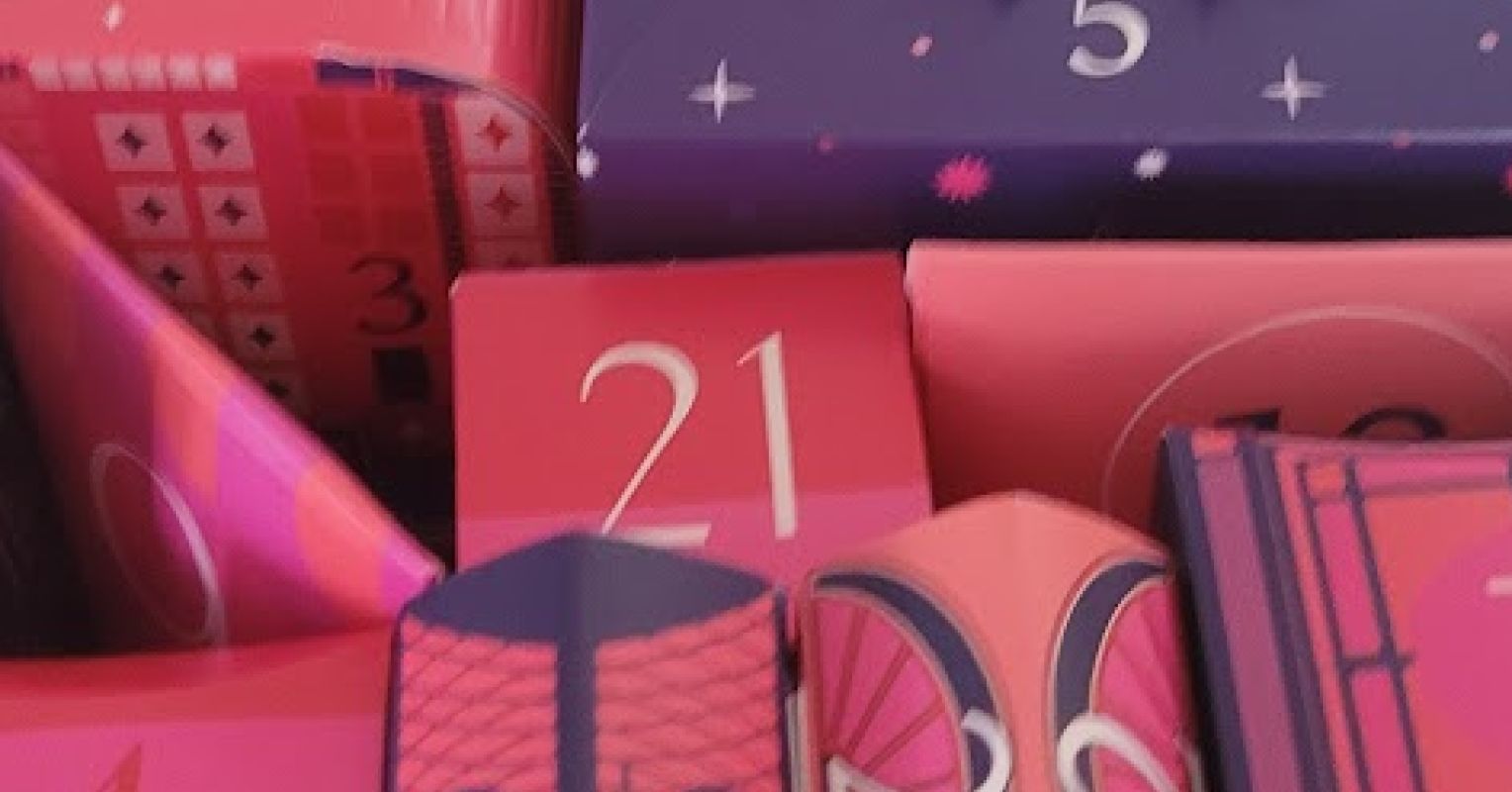
"Beauty advent calendars have become big business. They started around a decade ago - for example, Liberty's first beauty advent calendar launched in 2014, at a cost of £149 (packed with products worth £420).[1] This year Liberty's calendar is yours for £275 and gives you products worth £1245.[2] As the season turns from summer to autumn, and we pull out winter coats and jumpers and boots, we start the countdown to Christmas. (Around 80 days at the time of writing.)"
"But, and here's the rub, you would never ever buy the collection of products in the advent calendar. You might buy some of the products, but never all of them. There is bound to be some you don't even want to try: the nail varnish you no longer use as you've switched to gel, or the conditioner you know won't work on your hair type."
Beauty advent calendars originated around 2014 and have expanded into a high‑value market with rising prices and larger perceived product worth. Retailers and brands position calendars as strong value because total product retail price exceeds calendar cost. Published price examples range from budget options to luxury offerings with substantial marked-up product totals. Many calendars contain a mix of items that individual consumers will not want or need. Consumers pay for the chance to try new products that brands hope will convert into future purchases. Actual value depends on whether buyers would purchase the included items otherwise.
Read at Psychology Today
Unable to calculate read time
Collection
[
|
...
]